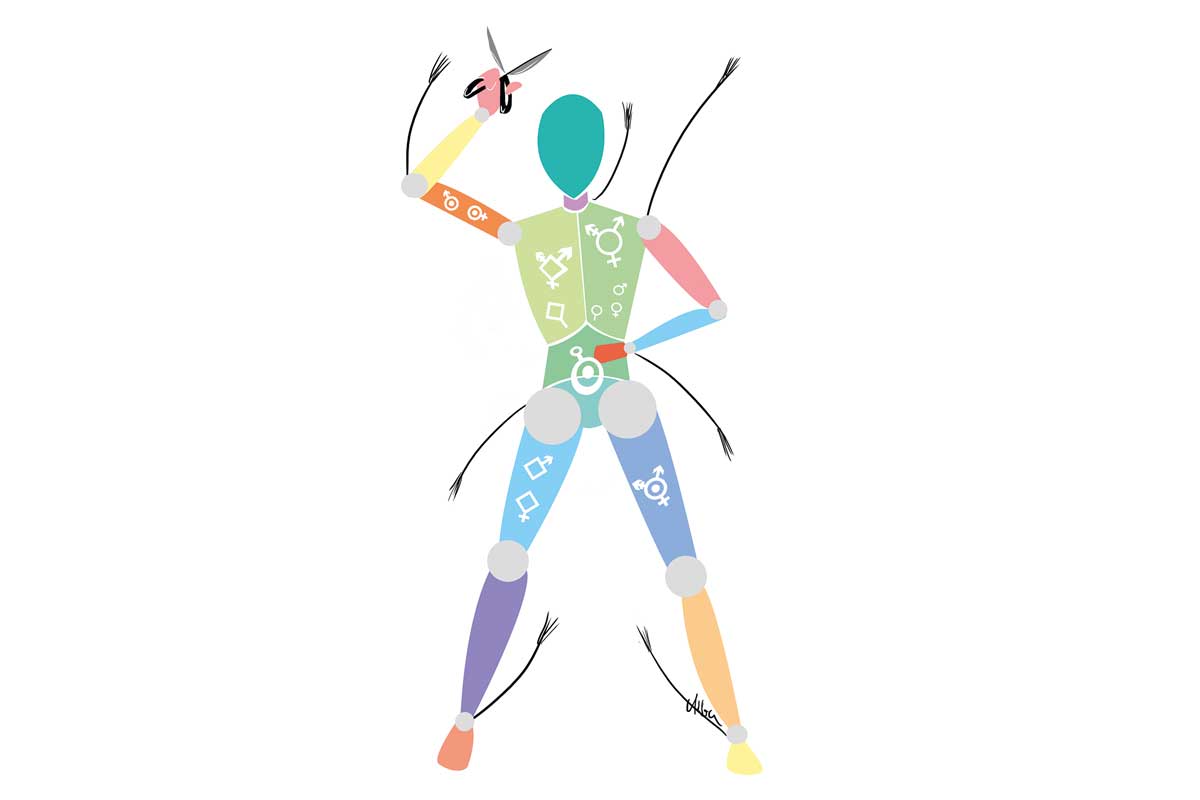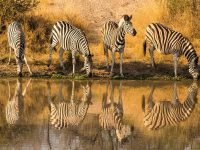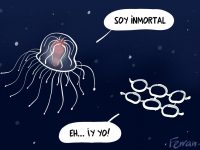
In 2017, there was a campaign promoted by a Spanish ultracatholic association that toured the country with the slogan «Boys have penises, girls have vulva. Biology says so.» Unfortunately, biology has been and still is used to justify discriminatory, exclusionary, or even coercive practices against groups of people because they do not conform to what we consider to be the standard of our species (they are taller or shorter, more or less intelligent, or have different sexual preferences). However, when someone argues that biology teaches us that the «natural» (and therefore the «correct») state of things is the binomial division into two sexes – male and female – with respectively masculine and feminine behaviours that maintain heterosexual relations whose only purpose is reproduction, they are proving that they know very little about biology (and are falling into the naturalistic fallacy).
Although the fusion of the female and male gametes is usually essential for reproduction in sexual species, and sexual behaviour makes it easier for specimens to find each other, this does not imply that procreation is the only function of sexual relations. There are many animal species in which individuals have heterosexual and homosexual interactions for non-reproductive purposes. On the other hand, sex differences in virtually any characteristic are differences of degree. Males and females produce both estrogens and androgens. The difference is their relative concentration (which changes during ontogeny). Many anatomical differences (from tail length to brain area size) are statistical variations between mean distributions with a huge degree of overlapping. Similarly, behavioural differences are often quantitative: the two sexes vary in the frequency with which they engage in typically male or female behaviours.
«Unfortunately, biology has been and still is used to justify discriminatory practices against groups of people»
The complexity of animal sexuality is impressive and we can find many examples that challenge the aforementioned dichotomies. Female hyenas have «masculinised» anatomical and physiological characteristics (they have a very large clitoris, similar to a penis, and high testosterone levels, although still lower than males) and exhibit «typically» masculine behaviours (which are «typically» feminine in this species): they maintain a social rank in which females dominate males, have erections and mate with individuals in the group. In bluehead wrasses (Thalassoma bifasciatum), there are two types of males that differ in size and coloration. The larger, more colourful males (terminal phase) have a harem made up of several females which they defend from other males. Small males (initial phase) are similar to females in size and coloration, and do not normally reproduce, but may become terminal males if the male of a harem is lost. The existence of males with different phenotypes is common in many animal species and usually involves different reproductive strategies (e.g., males that look like females, allowing them to approach and fertilise them while avoiding aggression from other males). The interesting thing about this species is that, in the absence of a male, the largest female in the harem becomes a male. The transformation is surprisingly fast. They adopt masculine roles in a few minutes. In just one day they change their coloration, and after a week their ovaries have become functional testicles. The change in the social environment triggers changes in behaviour that precede anatomical changes: we have a male in a female body.
I merely cited two examples, yet there are thousands more. If nature teaches us anything, it is that reality is always more passionately complex than the dualistic human logic is willing to accept.





